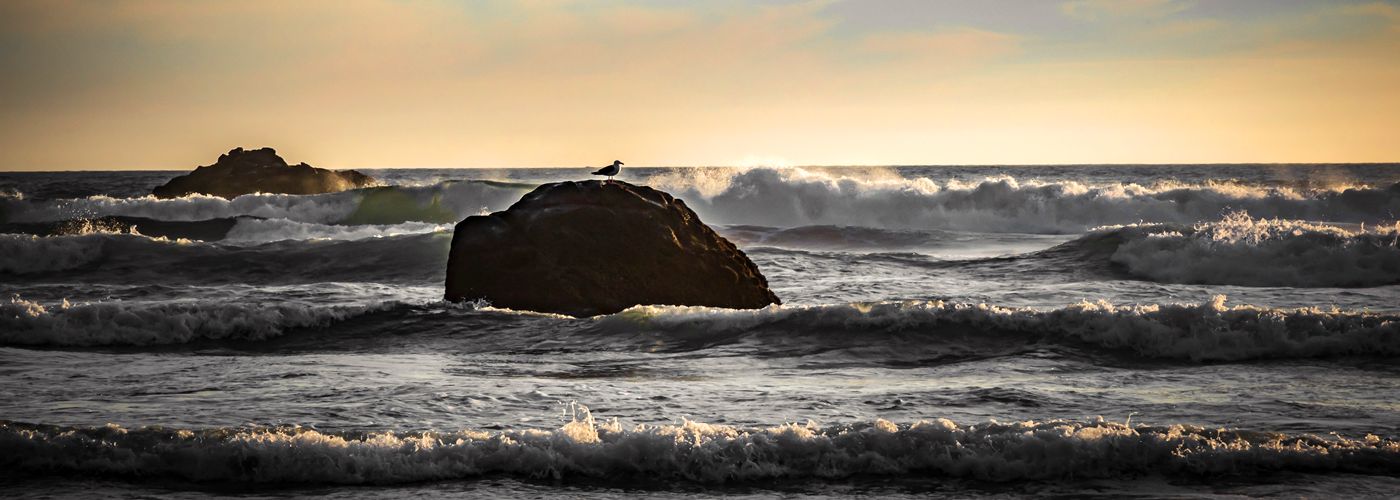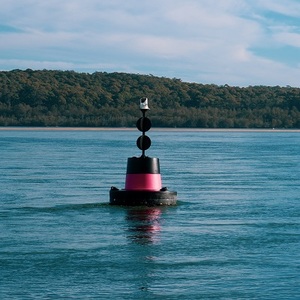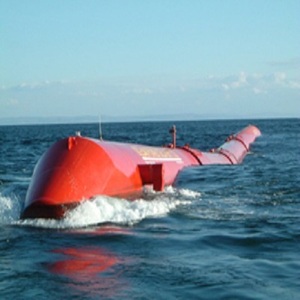

For thousands of years, people have been harnessing the power of wind and water to do work. From windmills and water wheels of the past to today’s sophisticated wind turbines and hydroelectric facilities, the technology for the capture of these renewable energy sources has come a long way. It wasn’t until more recently, though, that another renewable energy source, the power of wind-driven waves, started to be tapped.
Wave energy converter (WEC) is the name given to any of the seven major types of devices which convert the kinetic energy of wind-driven wave action into electrical or mechanical energy. These seven major types vary quite widely in how they turn wave action into energy. The point absorber, for example, consists of a buoy-like device which sits on the water's surface and rises and falls with the passing waves. This reciprocating action drives a linear generator which the buoy is tethered to at the ocean floor, in one of the more common types of point absorber. Another of the major types of WEC is the attenuator, which is a floating device that resembles two barges that are connected by a joint. As waves pass, the device takes on a similar action to a bird flapping its wings. This flexing motion drives hydraulic pumps which generate electricity. The other main types of WECs are overtopping or terminator devices, oscillating wave surge, oscillating water column, submerged pressure differential, and floating in-air converters.
Regardless of which of the seven major types of WECs that are used to generate power, there are challenges to overcome both in the stability of the device and to the surrounding human and natural environment. During severe storms at sea, waves can often reach tremendous heights, which can overwhelm and sometimes capsize even the best-engineered floating or tethered-style WECs. Furthermore the very presence of these offshore devices has the potential to cause changes, sometimes negative, to the natural ecosystems. For example, marine life could become trapped in the moving parts of the WEC, underwater noise or electromagnetic fields could alter communication between marine organisms, and larger devices could also impact sediment transport and water quality. WECs could also pose as obstacles and hazards to human marine transport, travel, and navigation.
All of these environmental considerations are not limited to wave energy converters, though. Modern wind, solar, and geothermal installations all have their own environmental challenges. In the case of WECs, overcoming these challenges could open up an energy sector that has the potential to rival geothermal energy in the total amount of energy available to be captured worldwide every year.

